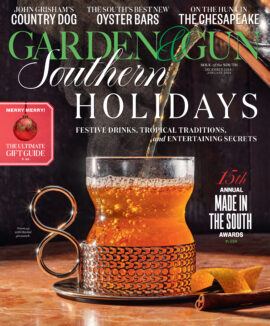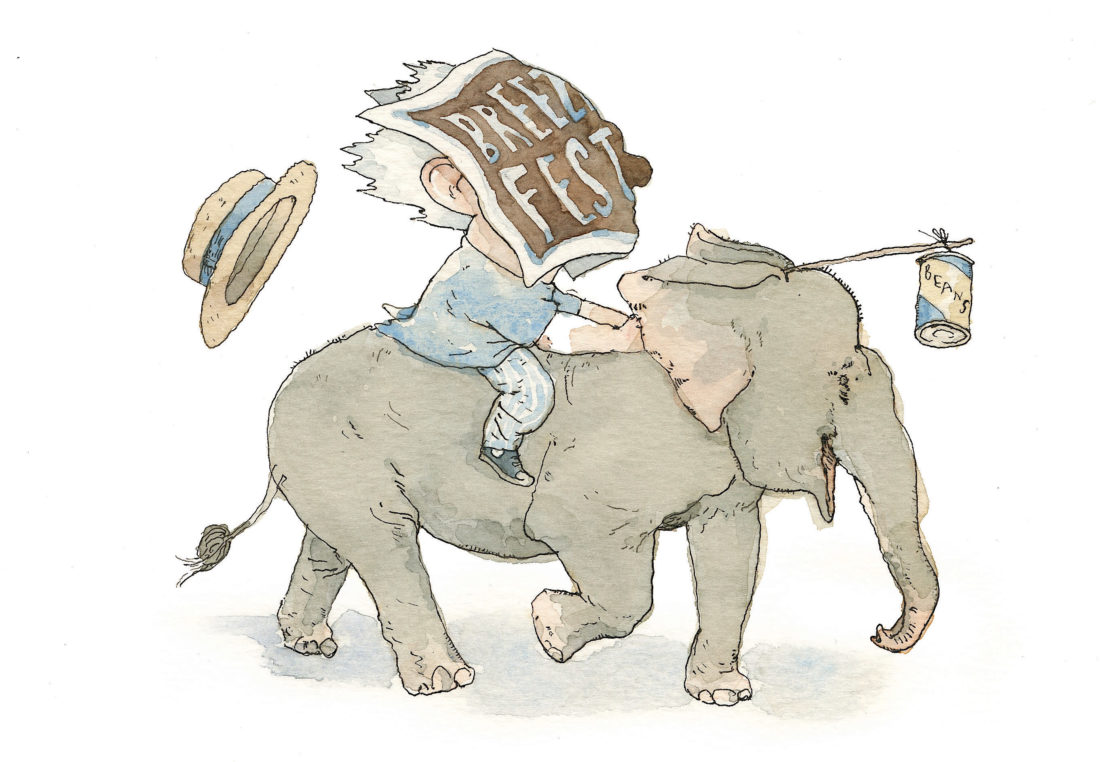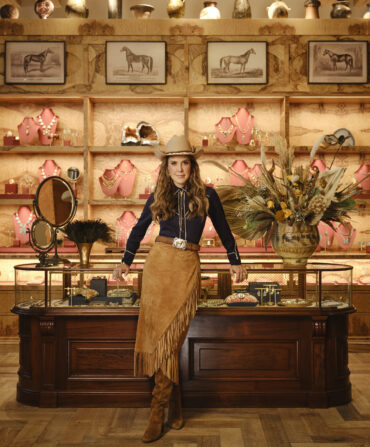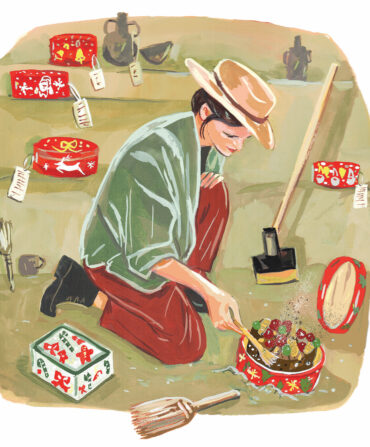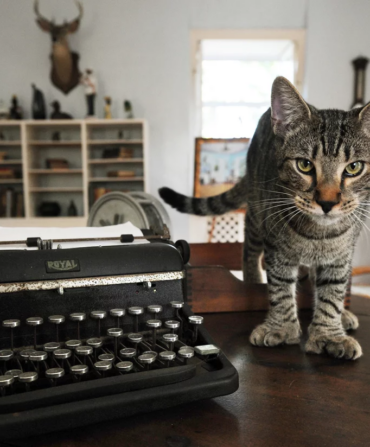Years ago, in a little book about New Orleans, I wrote of my aspirations to become a French Quarter character known as Mr. Appreciate-a-Breeze Man. In a seersucker suit and a straw hat, and mopping my brow with a kerchief, I would stand poised to catch breezes. To catch them and, insofar as humanly possible, to hold them. Give them their due. No little zephyr wasted on me. “You know he teaches Breeze Appreciation over by Tulane,” people would say. “He sho do appreciate a breeze.”
Many things have happened since then. On the downside, Hurricane Katrina. Mr. Appreciate-a-Breeze Man would have seemed a feeble response.
On the upside: the annual Festival of Breeze. Would’ve been cool.
And why not? New Orleans has a festival for everything else, from Po-Boy Preservation to Southern Decadence. Furthermore, the need to catch breezes has shaped New Orleans: high ceilings, cross-ventilation, courtyards, the Riverwalk, balconies, late hours, St. Medard’s Day, and Saint Alvin Kamara.
(St. Medard is the patron saint of good weather. Some people in France, and in Cajun country not far from New Orleans, swear by him. Alvin Kamara is an exuberant New Orleans Saint who catches passes from quarterback Drew Brees.)
But I never got around to organizing the Festival of Breeze.
For one thing, I didn’t want people to say I “curated” it. Today, everything is “curated.” You don’t plan a weekend in New Orleans, somebody curates it for you. You don’t decorate a room, you curate it. You don’t agglomerate news stories from other sources, you curate them. And of course there’s the trend to “curated ear piercing,” which, according to a helpful website, “just seems to mean that the piercer takes a moment to look at your anatomy and the jewelry options the studio offers and gives advice.” Unless there is a museum exhibition involved, I abhor the word curated.
Maybe I could pair up with some other festival, I thought. I attended a panel discussion about the role of red beans in New Orleans culture. One of the discussants was Devin De Wulf, a local artist who created the Red Beans Parade, which rolls every Lundi Gras, the day before Mardi Gras—Monday being the traditional day of the week for eating red beans and rice. Members of the Krewe of Red Beans sew (they do not curate) new bean-covered costumes every year. One year after the parade, De Wulf said, he left his down-trodden bean-bedecked shoes out in the rain, and forgot about them, until he noticed they were sprouting. In time they produced beans, which he cooked up a big pot of. I didn’t ask whether they tasted different.
But beans and breeze could be a volatile combination. You’d get tired of hearing jokes like—well, they wouldn’t be as good as what Roger Miller told me once, “I got to get a second wind. I broke the first one,” but you see what I mean.
The Red Beans Parade is sponsored by a bean company. Good publicity, good investment, especially since this bean company is one of two brands of beans most prominently cooked in New Orleans. Is there even one company that profits from natural breeze?
I did do some research. One meaning of cat’s-paw is a soft breeze ruffling the surface of water intermittently, as in soft steps. Material for interpretive dance? A cat’s paws are engaging. But, as always with cats, a caveat: A friend of mine had to go out of town and leave her husband sick in bed, so for comfort she put their two new kittens on the pillow next to his head. As she left she heard him saying, “I don’t like it when they walk on my face.”
What causes breeze, and makes it cool? Boils down to molecules. Beans, you can visualize. I can’t see people parading in molecule suits. At the Audubon Zoo, I learned that elephants create their own breeze by flapping their ears. Neither elephants on parade nor people waving elephant-ear plants would say breeze to me.
In the panel, someone mentioned that red beans had “become a thing,” and others nodded. But breeze—you can shoot it, and yet you can’t objectify it.

